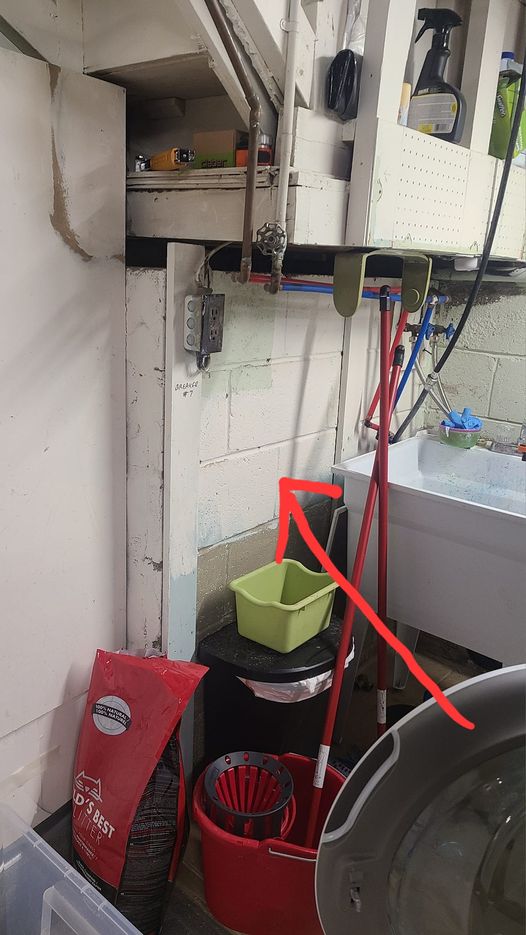Why does my 1950s bungalow have cinderblock half walls jutting out from the side of my basement, seemingly structurally unnecessary?
1 year ago
Last Updated: May 8, 2024
Hey guys, I need some help figuring out why my 1950’s bungalow has these two cinderblock half walls sticking out from the side of my basement. Our house is pretty small, only about 1,000 sq. ft. and the walls are around 5 ft. high. One is positioned under the stairs leading to the side door, and the other is on the opposite side. It seems a bit excessive structurally to me, but I could be wrong. Can anyone shed some light on why these walls are there? Thanks!

I come across many older homes with similar features. It appears to have been done to strengthen the existing red brick walls.
I think this is probably the case because our foundation is cinderblock and the walls are red brick.
Looks like a shear wall
I’m curious about that too, I wonder what the explanation is.
Could that be an old cistern, perhaps?
Looks like we might have some severe weather on the horizon.
If it were me, I would conceal all of that PEX inside.
These are used to strengthen the primary foundation walls. It’s a straightforward and clever method. Depending on the soil and location, CMU foundations may not be as sturdy as concrete foundation walls.
Maybe someone took out a Bilco door and covered up the opening?
This is a common situation when a crawl space is excavated to create a full basement. It’s often known as a Yankee Basement. Instead of digging down to the original footing line, they stop short to prevent the prior footings from sinking due to soil redistribution. While it may seem frustrating and puzzling to those unfamiliar with the process, it’s a crucial part of the building’s structure that cannot be altered without lifting the entire house to rebuild the foundation and walls. The original owners likely chose this method as a cost-effective way to gain interior space, despite its safety risks.
Points out that underpinning the foundation can be done without lifting the house.
Acknowledges the high cost involved.
Suggests that lifting the house to redo the foundation is not necessary.
Money talks, right?
It’s not about the money. YOU mentioned that it’s impossible without raising the house and redoing the foundation. I just wanted to correct you on that
Hey, not only are you a jerk, but you also can’t read. I never claimed that it was the sole solution. Are you just clueless or what? Haha
Benching is the term used for this method of increasing basement height, which is simpler than underpinning. It’s a technique I’ve used many times before.
Are the buttresses evenly placed? How much taller is the wall that runs perpendicular to them? Is the buttress wall securely connected to the perpendicular wall? Does the buttress wall extend through the slab? Have they been properly sealed?
Leave the buttresses where they are. The key is to ensure your downspout extensions are directed down and the ground is sloping away from the foundations. It’s also important to keep the weeping tile drains clear and functioning properly to prevent any damage to the wall.